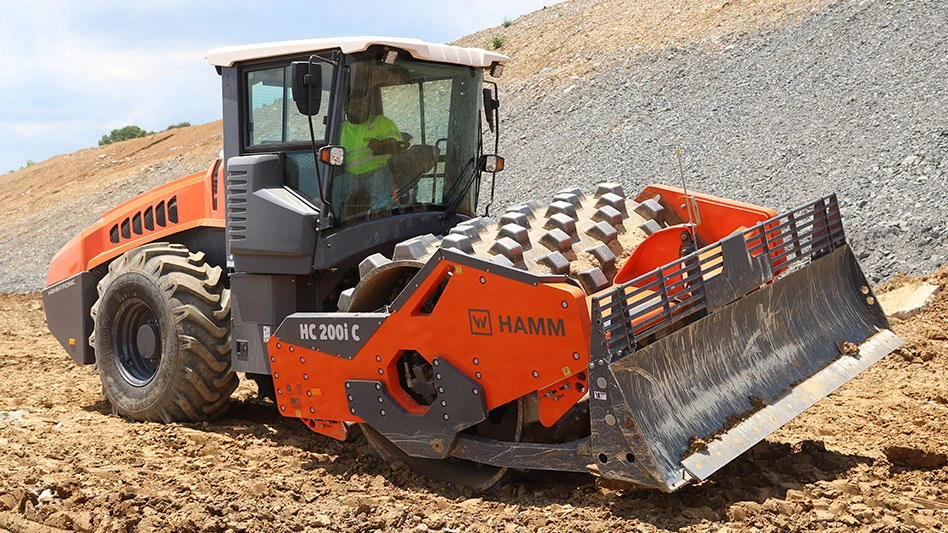
Californians, agriculture industry, local governments and businesses now have more options to dispose of treated wood waste with the passage of recent legislation.
California Gov. Gavin Newsom signed AB 332 into law on Aug. 31 after it was approved unanimously by the California Legislature. The bill had an urgency clause, permitting it to go into effect immediately. AB 332 statutorily incorporates the former Alternative Management Standards (AMS) for Treated Wood Waste, which allowed preservative treated wood waste to be disposed in the composite-lined portion of an approved solid waste landfill.
“The passage of AB 332 is a huge win for homeowners, contractors, builders, environmentalists and our infrastructure,” Dallin Brooks, executive director of Western Wood Preservers Institute (WWPI) says. “The broad support for this bill reaffirms treated wood waste can safely be disposed while providing environmental benefits.”
In Dec. 2020, C&D recyclers in the state talked with Construction & Demolition Recycling magazine about the complications the previous legislation imposed on California businesses.
The AMS had been in effect for nearly 15 years before the program expired on Jan. 1, creating significant difficulties for everyone needing to dispose of preserved wood. As a result, for the first three months of 2021, the disposal of treated wood was only authorized at a hazardous waste landfill. In March, the California Dept. of Toxic Substance Control (DTSC) created a variance program where those disposing of treated wood could purchase variances allowing disposal in approved composite-lined landfills per the provisions of the AMS.
With the adoption of AB 332, all treated wood waste variances become inoperative and are no longer in effect. However, this should not be an issue as the new law creates more disposal options with previously approved handling provisions. For more information on the disposal of treated wood waste, interested parties can consult the DTSC website.
Brooks credited the passage of the bill to an extensive industry coalition, which included wood preservers, local jurisdictions, waste haulers, contractors, building material distributors, agricultural associations and environmentalists, as well as many other affiliated industries.
“We showed over the past two decades a proven record of responsibly and safely disposing of treated wood in a way that protects the environment while allowing for simple compliance. We’re pleased that legislators and the governor agreed the AMS is the wisest way to dispose of treated wood at the end of its service,” Brooks says.
WWPI says it will be working with stakeholders such as DTSC, landfills, transfer stations and haulers to provide a smooth reimplementation of disposal options and offer disposal handling education.
Latest from Construction & Demolition Recycling
- USTMA announces Tire Recycling Foundation
- New York landfill owners accused of permit violations
- Biden-Harris administration touts clean construction materials progress
- Stellar debuts NXT68 hooklift at WasteExpo
- Metso now offers diesel-electric Lokotrack models
- Green Mattress Recycling hires new CEO
- Collapsed Baltimore bridge brought down with chain of explosives
- Volvo CE broadens services commitment with minority stake in fleet software developer





